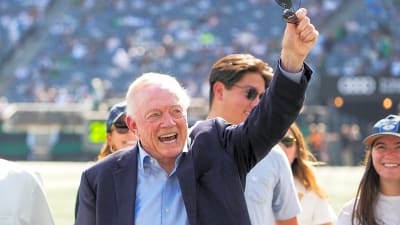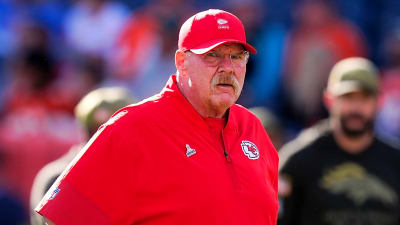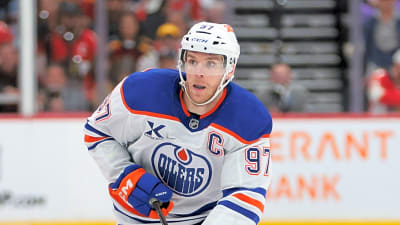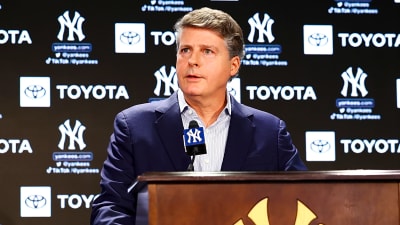
As Blues GM Doug Armstrong looks to shake up his roster, it appears one player who could be in play is Brandon Saad. Daily Faceoff’s Frank Seravalli reports that there are rumblings that St. Louis has made the veteran available.
The 31-year-old has spent the last three seasons with the Blues after inking a five-year, $22.5M contract back in 2021. After a strong first year with them which saw him put up 24 goals and 25 assists in 78 games, Saad took a step back in 2022-23, seeing those numbers drop to 19 and 18 in 71 appearances respectively despite a small uptick in ice time.
That had him in some trade speculation last summer, although coming off a down year, nothing came to fruition.
It’s a slightly different situation this time around. Saad bounced back with 26 goals this past season while playing in all 82 games for the first time since 2017-18.
On the surface, it might seem strange that St. Louis would be open to the possibility of moving him after that productive of a season, especially being a team that finished in the bottom 10 league-wide in goals scored. However, it’s also fair to say that his trade value should be a lot higher now than it was a year ago, which has to also be taken into consideration.
It’s worth noting that Saad is one of many Blues players to have some form of no-trade protection in their contracts. In this case, Saad has a full no-trade clause, so even if Armstrong finds a trade to his liking, it could be vetoed, as Torey Krug did last summer when he scuttled a trade to Philadelphia.
With free agency on the horizon, several pending UFA wingers will be seeking long-term agreements in what could be the busiest market over the last few years. If a team doesn’t want to make that type of commitment to someone but wants to add to its top-six winger group, someone like Saad could be an intriguing fallback plan, making him someone to keep an eye on in the coming weeks.
More must-reads:
Breaking News
Trending News
Customize Your Newsletter
 +
+
Get the latest news and rumors, customized to your favorite sports and teams. Emailed daily. Always free!








